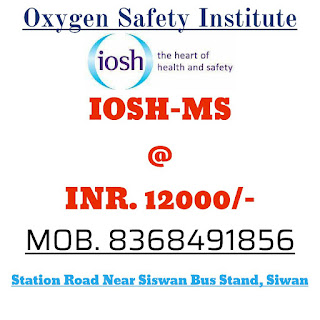NEBOSH-IGC1, ELEMENT-1- THE SCOPE AND NATURE OF OCCUPATIONAL HEALTH AND SAFETY
THE MULTI-DISCIPLINARY NATURE OF HEALTH AND SAFETY
Workplace health and safety
practice brings together knowledge from many different disciplines. Some health and
safety topics are simple to understand; others are technical and require
specialist knowledge.
In order to fully understand a health and safety issue you need to be familiar with the:
- Technical background to the issue and have the relevant knowledge.
- Standards that may apply to the workplace and to the specific health and safety issue under consideration.
- Possible strengths and weaknesses of the various options available to solve the problem.
The study of health and safety therefore involves many
different subjects, including the sciences (chemistry, physics and biology), engineering, psychology, sociology and the law.






Comments
Post a Comment